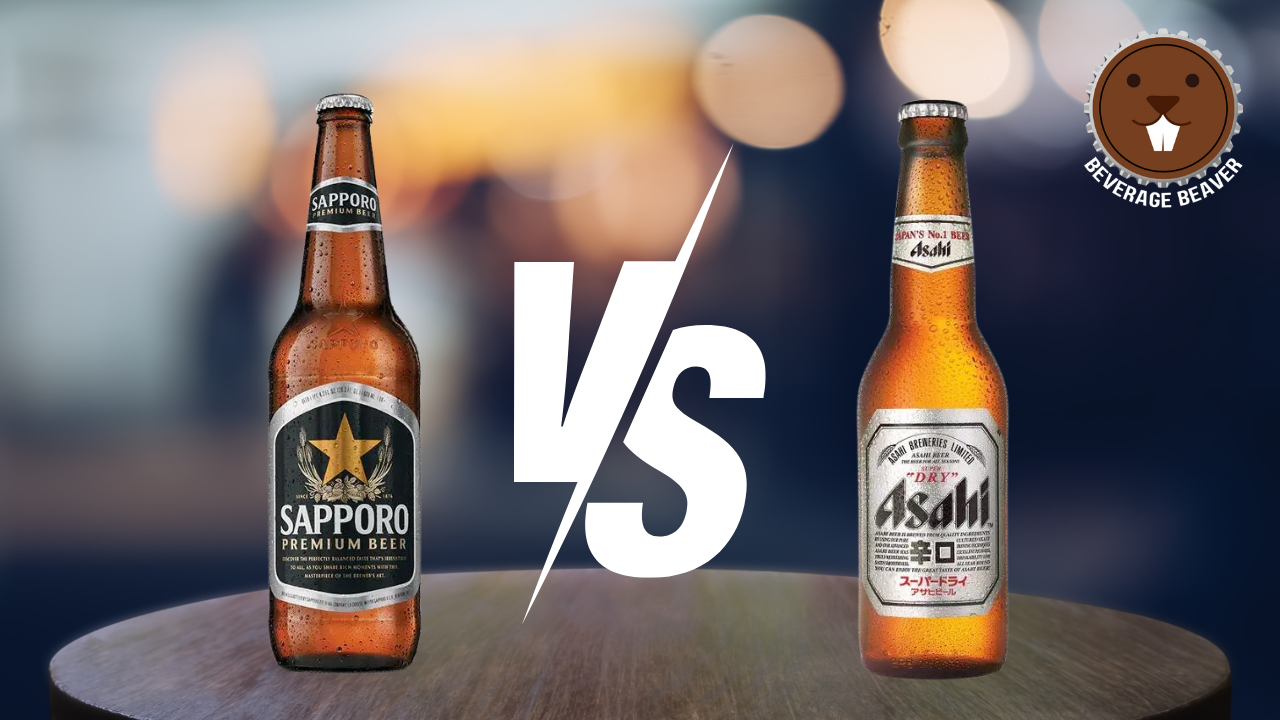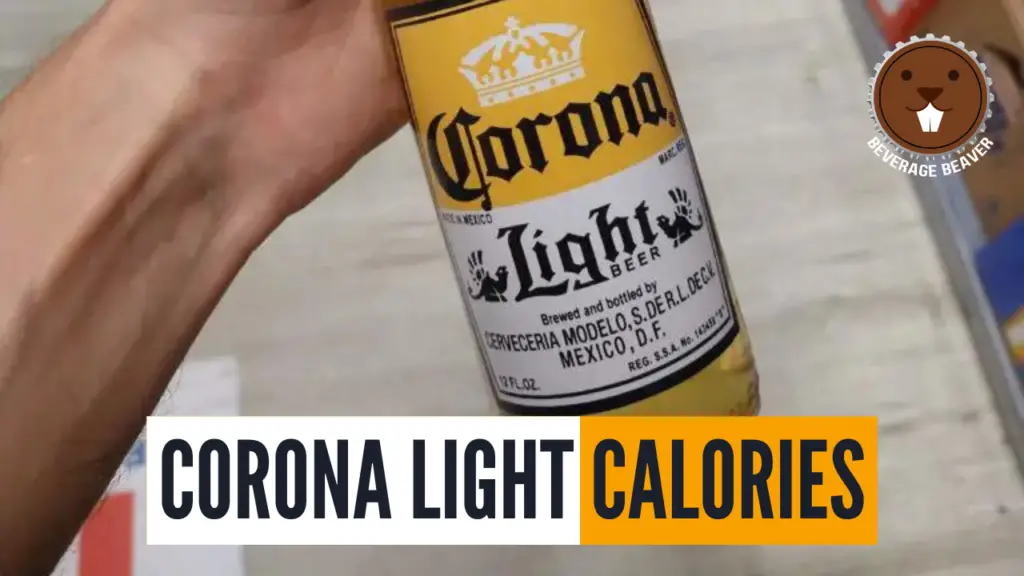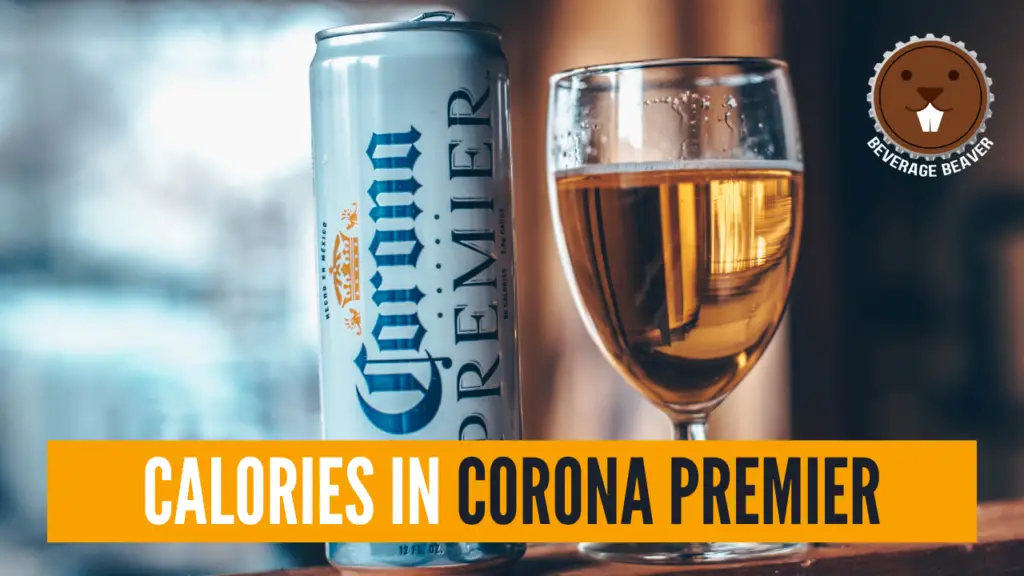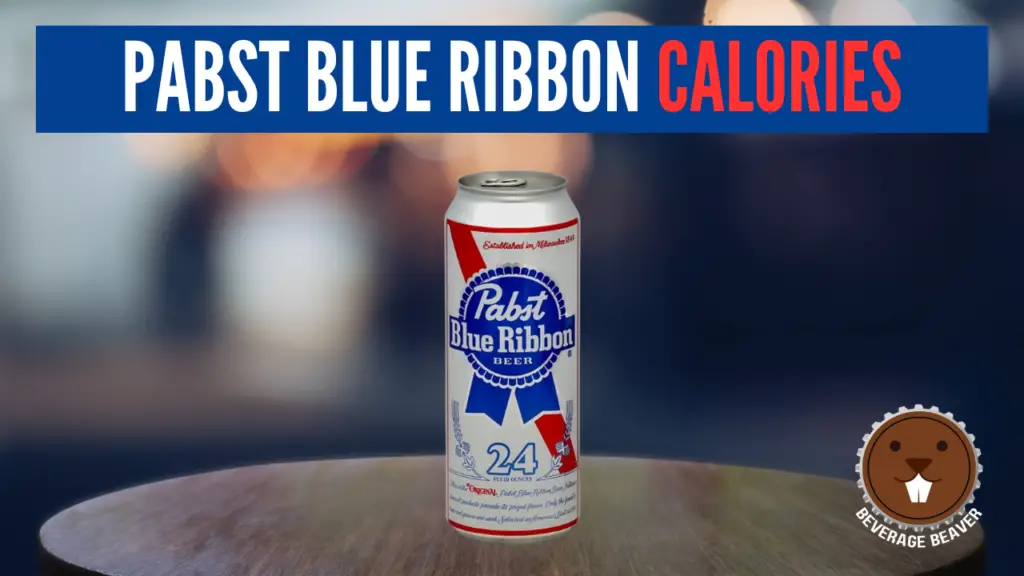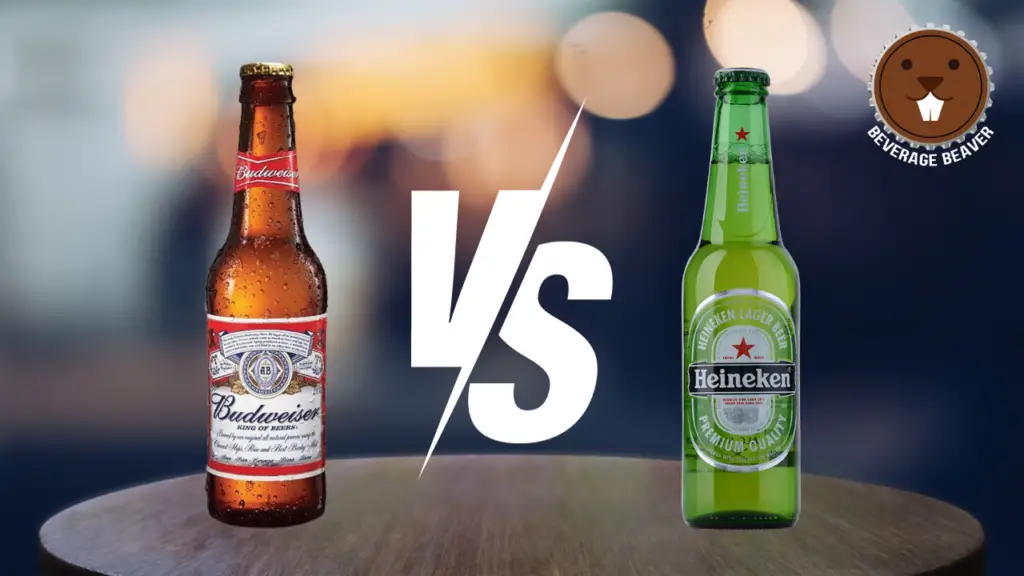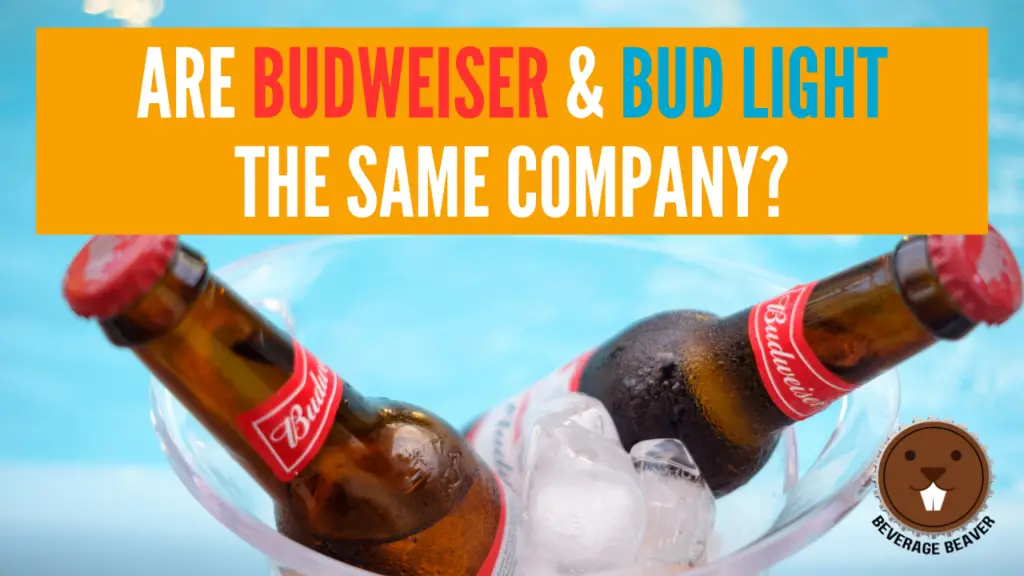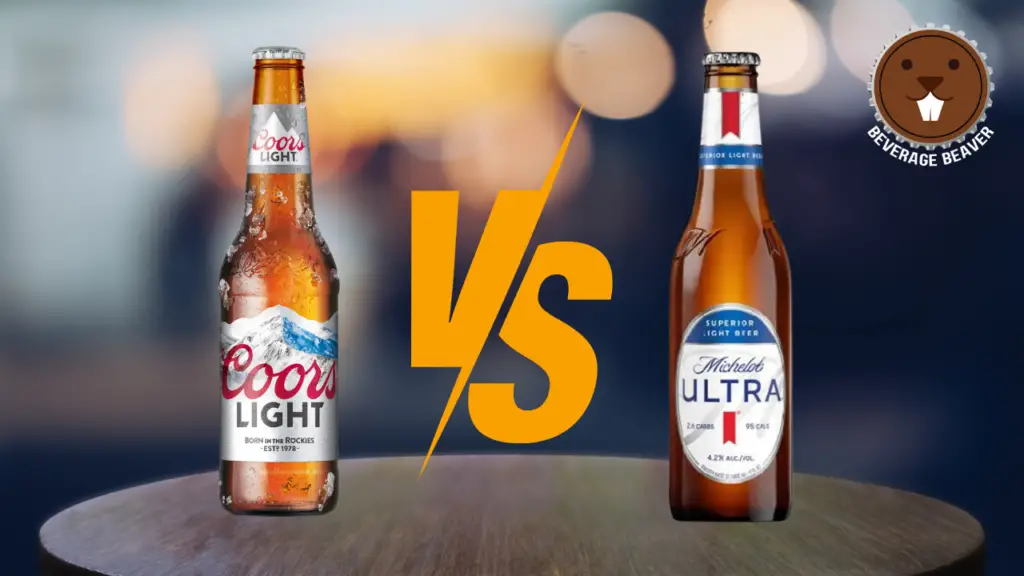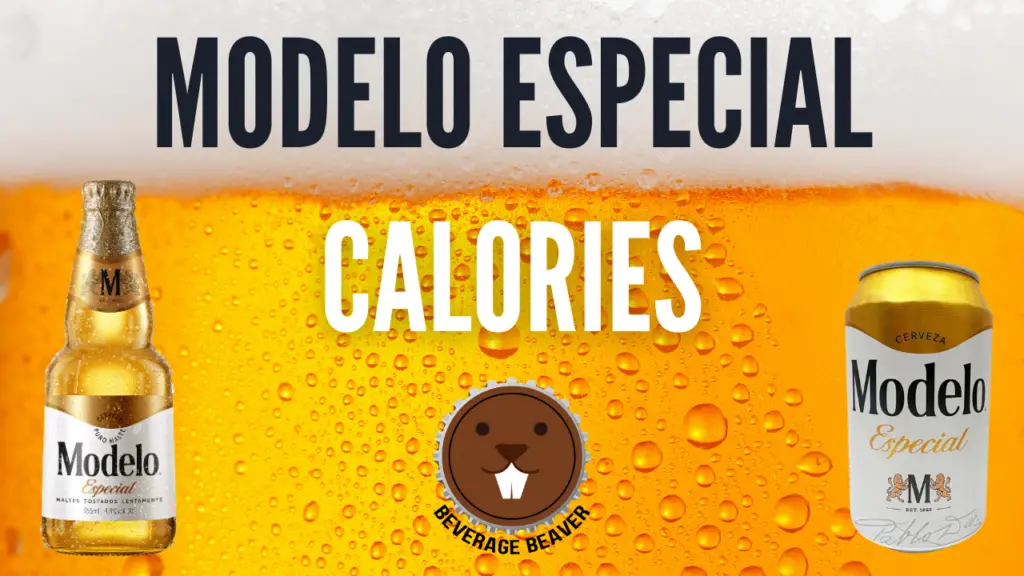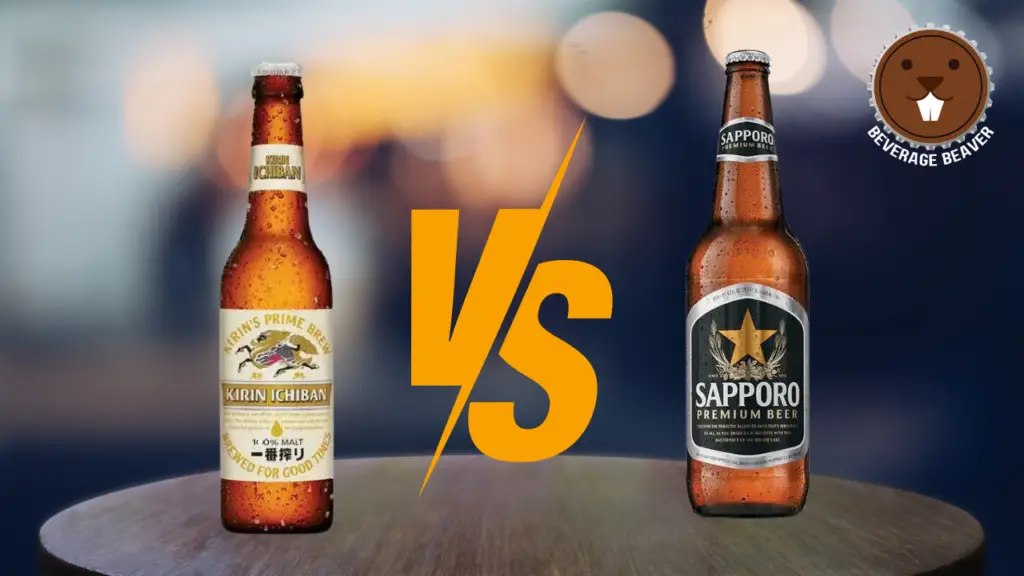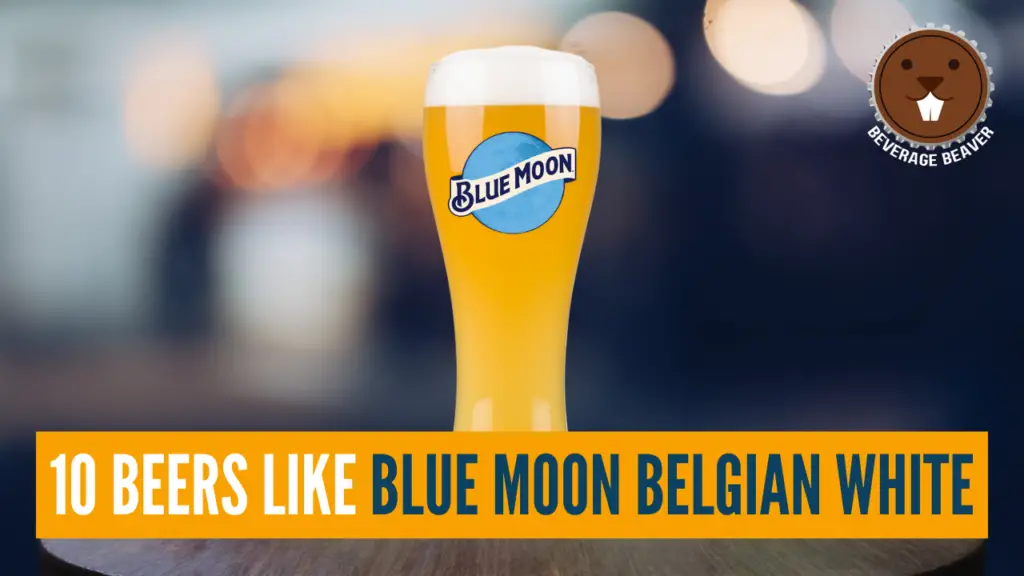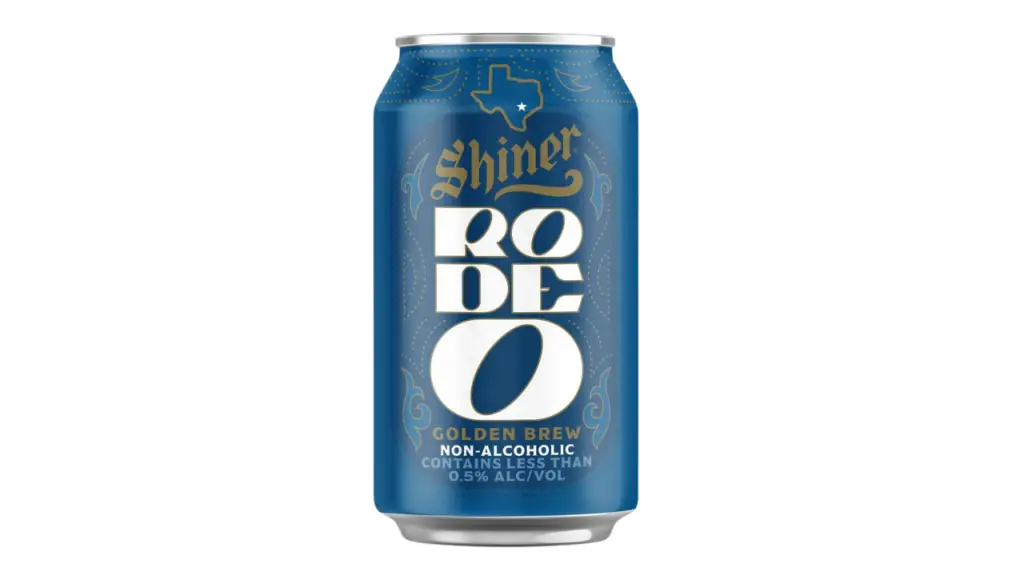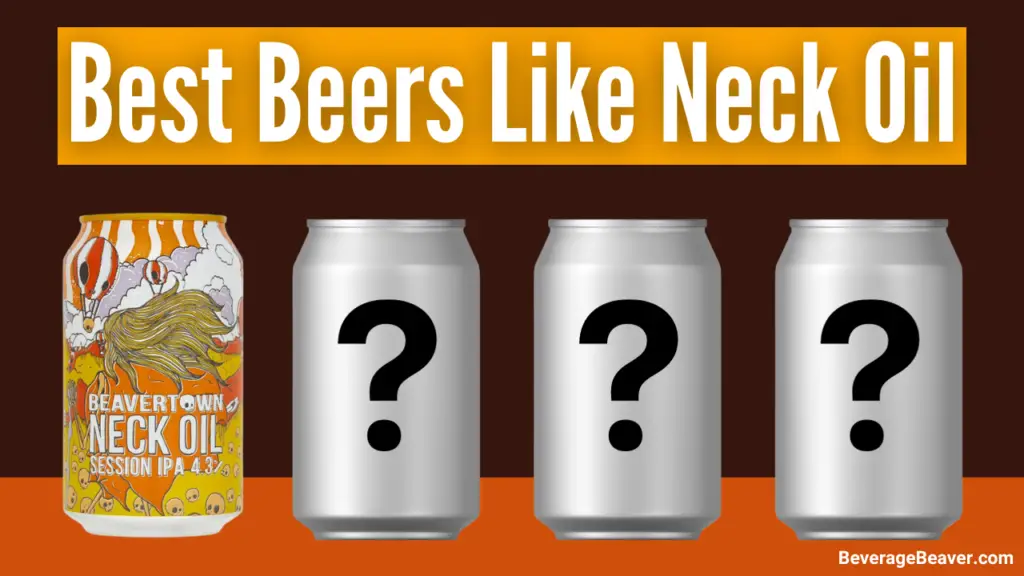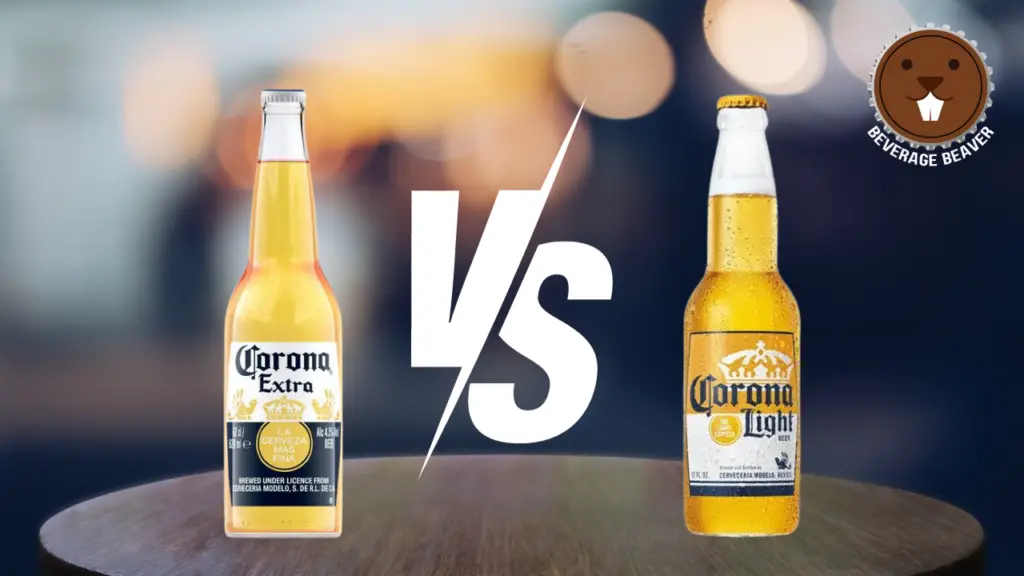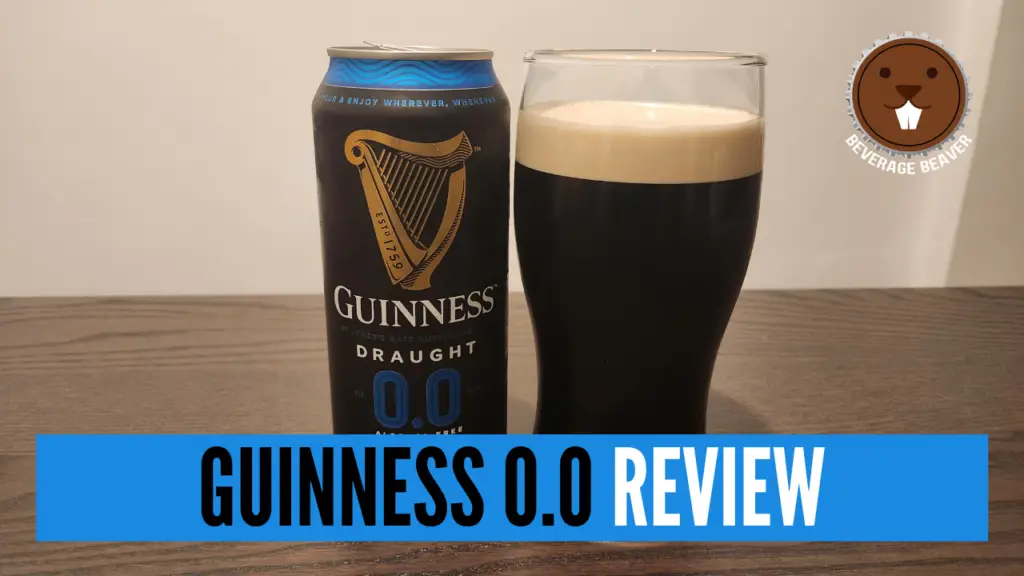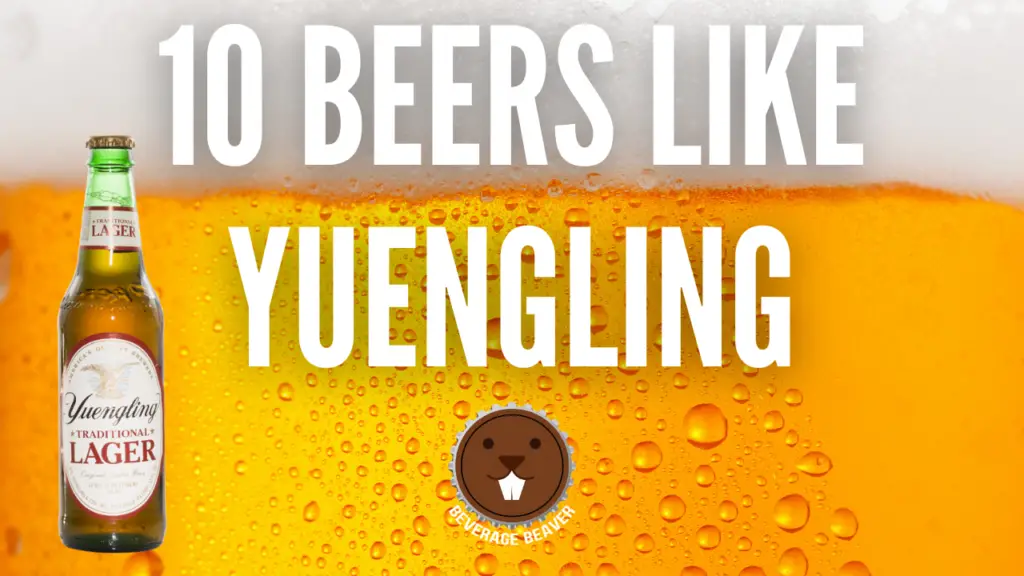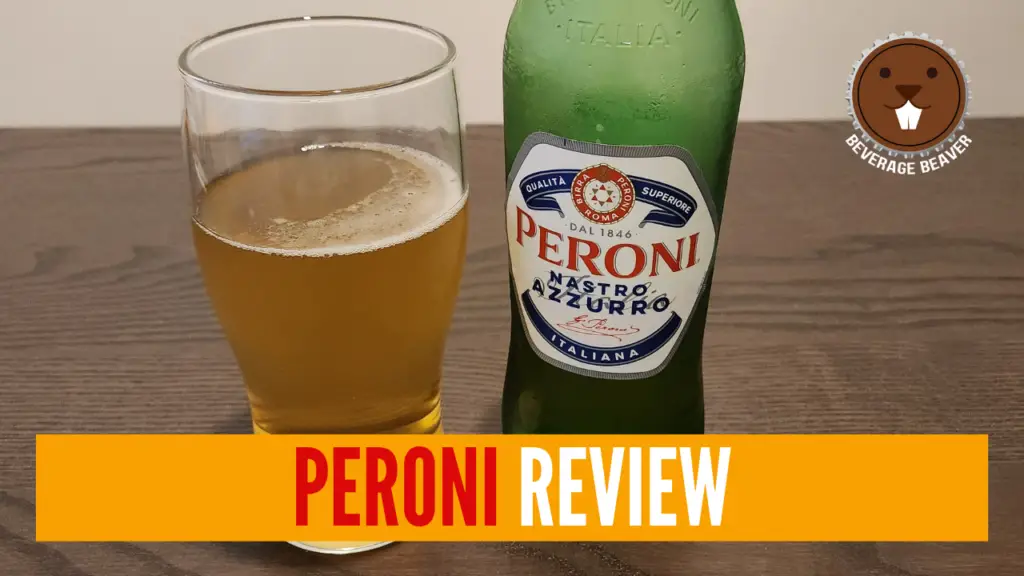Asahi Vs Sapporo: Comparing Two Of The Best Japanese Beers
Japanese beers are awesome! Having visited Japan several times, I can tell you that there’s nothing better than washing down some tempura with a crisp Japanese lager. Luckily, Japanese beers like Asahi and Sapporo are widely available in many countries around the world.
In this post, we will be comparing two of the best Japanese beers, Asahi Super Dry and Sapporo Premium Lager. First, here’s a table showing the key similarities and differences.
Asahi vs Sapporo: Key Details
| Feature | Asahi Super Dry | Sapporo Premium Lager |
|---|---|---|
| Beer Style | Japanese Lager | Japanese Lager |
| Alcohol Content | 5% ABV | 4.9% ABV |
| Calories (Per 12 oz) | 148 | 140 |
| Flavor Profile | Dry, crisp, with a quick, clean finish. | Light, slightly sweet, and crisp. |
| Ingredients | Water, barley, rice, hops, yeast (Asahi #318 yeast) | Water, malted barley, rice, hops, yeast. |
| Color | Clear pale golden. | Clear pale golden. |
As you can see from the table above, Asahi and Sapporo have a lot in common. They are both beers made with rice with approximately 5% alcohol by volume and 140-150 calories per 12-ounce serving.
The main difference between Asahi and Sapporo is their flavor profiles. Sapporo has a crisp, clean taste that is typical of many macro-produced lagers. Asahi, on the other hand, has a rather unique ‘dry’ taste (hence the name “Asahi Super Dry”) that you don’t find in many mainstream lagers. There are, however, some Beers Like Asahi.
Sapporo Vs Asahi: History
Sapporo holds the title of Japan’s oldest beer brand, established in 1876 by Seibei Nakagawa in its namesake city, Sapporo. Nakagawa honed his brewing skills in Germany before returning to Japan, bringing with him a distinct approach to beer-making. The first Sapporo lager, a direct ancestor of today’s Sapporo Premium Lager enjoyed in the USA, was introduced during this foundational period.
In contrast, Asahi, founded a little later in 1889 in Osaka, was for a long time a modest presence in the Japanese beer landscape. It wasn’t until the late 1980s that Asahi made a significant impact. In-depth market research led to the creation of Asahi Super Dry, catering to the Japanese palate with its higher alcohol content and distinctive dry finish reminiscent of certain Northern German beers.
This strategic move allowed Asahi to outpace other established brewers, such as Kirin, and significantly reshape the Japanese beer market, prompting a broader industry shift towards dry-style beers. Today, Asahi stands as a major international force in the beer industry and is even expanding into China.
Sapporo Vs Asahi: Flavor
Sapporo Premium has a crisp, clean taste, and boasts a malty sweetness and a relatively full bitterness for a lager-style beer. The sweetness is hoppy and light, and lingers momentarily on the palate. Sapporo is not an overwhelmingly strongly flavored beer, and has minimal aftertaste.
Like most Japanese beers, it’s designed to be consumed with Japanese food. Sopporo’s light and refreshing flavor profile helps to balance out the strong umami, salt, and citrus flavors typically found in Japanese cuisine.
Asahi’s Super Dry is precisely that. It’s super dry! It’s cleaner and crisper than Sapporo, with almost zero aftertaste. Like Sapporo, it pairs very well with Japanese food like tempura and sushi as this crisp, dry flavor acts as the perfect palate cleanser. Learn more about beer-food pairing.
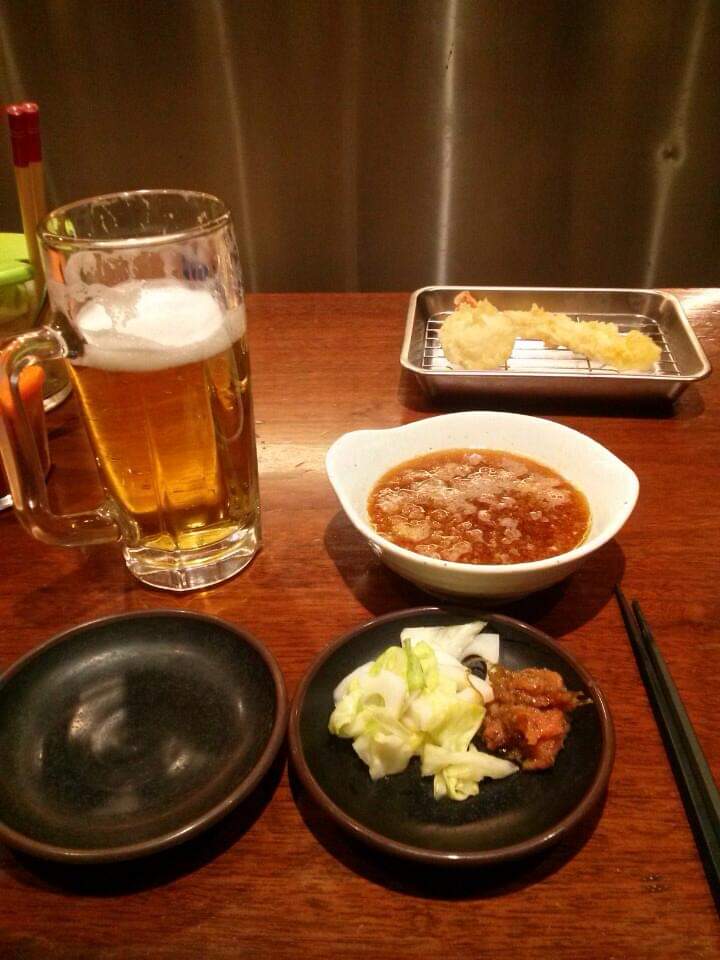
Sapporo Vs Asahi: Calories
Sapporo Premium has 140 calories per 12 oz serving, while Asahi Super Dry is very similar at 148 Calories. This amount of calories is typical for a lager-style beer. While 140 calories doesn’t seem like a lot, as these beers are both very drinkable, the calories can quickly add up if you drink a few in one session.
Sapporo Vs Asahi: Alcohol Content
Sapporo Premium Lager has an ABV of 4.9% and Asahi Super Dry has an ABV of 5%. This is typical of mainstream lager-style beers.
Sapporo Vs Asahi: Appearance
Both Sapporo and Asahi pour a clear, pale yellow beer. The head doesn’t last long, as you’d expect from a typical lager, although the head on Asahi has a bit more substance to it. This is likely thanks to the higher carbonation levels Asahi uses when brewing Super Dry. The white head is nicely foamy, and the beer settles quickly in a glass.
One cool thing about the Sapporo Premium is its bulletproof-looking can! This “silver bullet” style can originally came with a fully removable top to make the experience of drinking Sapporo from the can similar to drinking beer from a glass! Sapporo has retained the beer glass-like shape to the can but moved away from the removable top in recent years.
Sapporo vs Asahi: Which Is The Better Beer?
Obviously, which beer is better comes down to personal choice. For me, I really like both lagers, but I would drink them in different situations. At a Japanese restaurant, given the choice, I would go for Asahi every time as I feel it compliments Japanese food much better. However, if I was drinking one of these beers on its own, I would go for Sapporo. I find that after drinking a few Asahi, I find the dry taste a bit too much. But with Sapporo, each subsequent beer is as good as the first. Which one do you think is the better beer? Let us know in the comments below.

